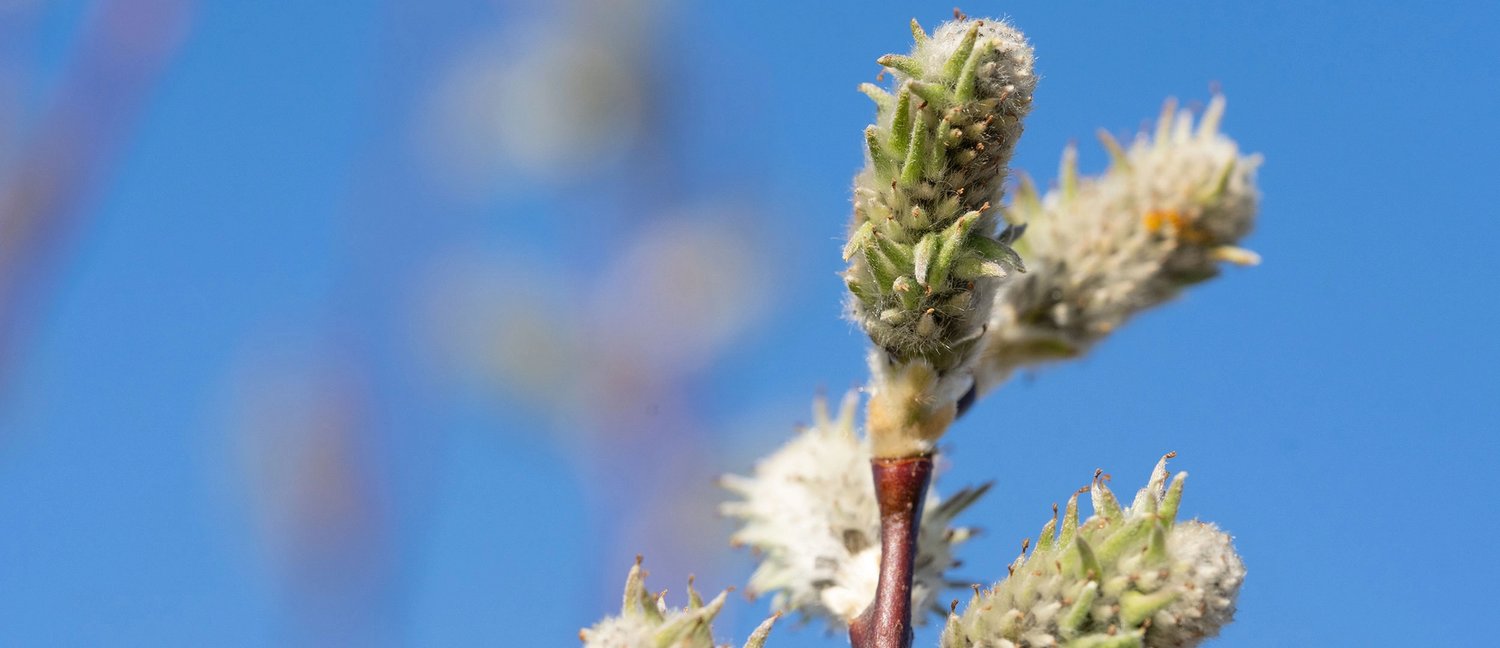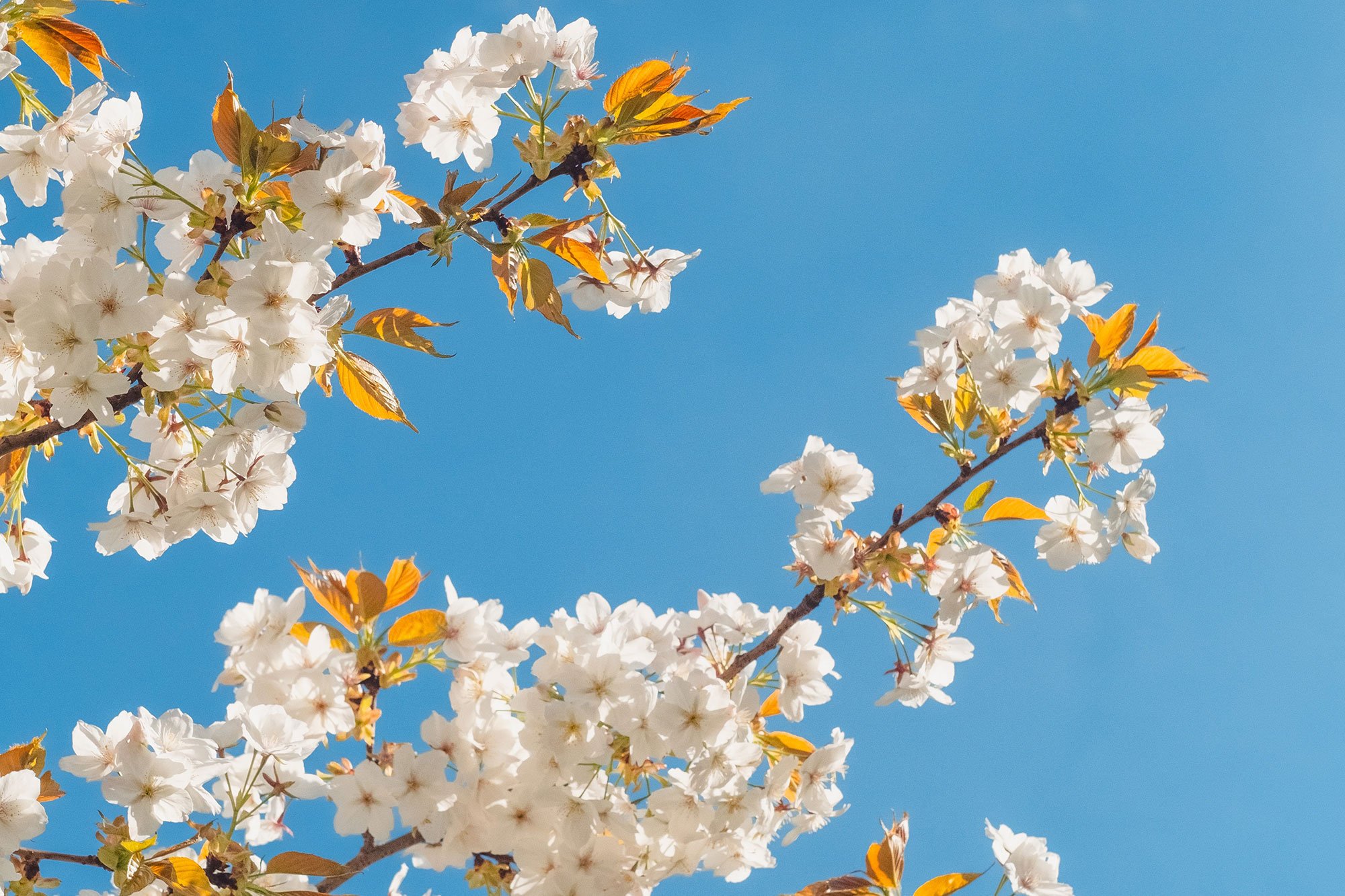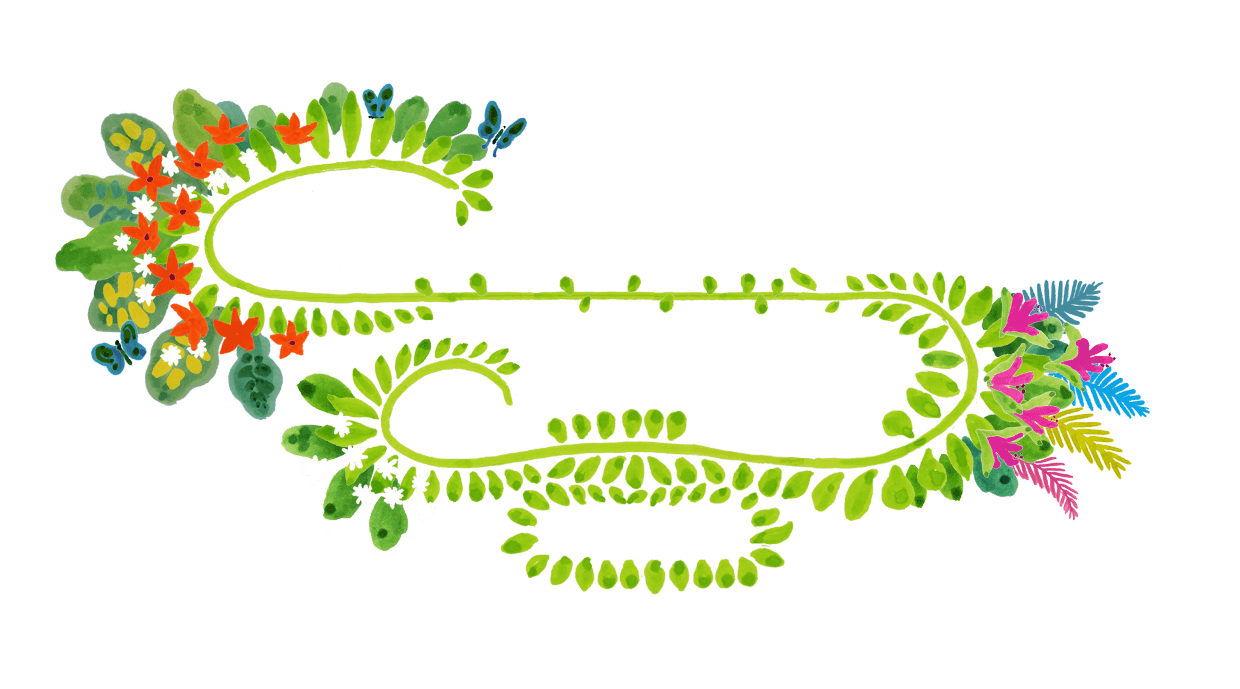
News
Spring season has sprung
As spring slowly brings visible life and vitality to the land, the first species starting to emerge within our northern hemisphere pocket forests are the hawthorn, blackthorn, willow and wild cherry.
Hawthorn (Crataegus monogyna) is always the first to appear and can be identified by the small vibrant lime green leaves that often line our hedgerows. Hawthorn leaves were an important early season medicinal food source for our ancestors, containing precious early season vitamins and antioxidants. The leaves were commonly eaten as we might consume salad these days.

Blackthorn (Sorbus aria) appears in an early blast of white blossom that blooms on the spiky branches before the leaves. Blackthorn is actually a member of the rose family and highly popular with birds, including the beautiful and elusive nightingale. Birds tend to favour the safety of thorny habitats such as blackthorn and hawthorn.
Many of the 400 species of willow are also one of the earliest to appear in spring, when the flowering catkins burst forth, often before the leaves. The male willow catkins will be covered in bright yellow pollen and the female ones less showy but providing nectar in the hope pollinators will have visited a male flower and thus transfer the pollen for fertilisation.
Weeds or healing pioneer plants also start to appear and show us what is lacking in the soil in spring. These plants activated by nature will change from season to season as the soil composition changes - what appears being a direct indicator of what the soil condition currently is and needs working on for the season ahead.

The young emergent buds of growth on trees in the early spring were considered highly important to our ancestors - the Celts and druidic classes in particular. The buds were thought to contain the vitality of the whole tree and were gathered to make healing decorations and essences - each one attributed to a different healing capacity.
Spring is a visual celebration of all the unseen work that goes on in nature during the winter months. Below ground winter is an active time with soil life at work, and tree and plant roots forming ready to support the above ground growth come the spring. The effects of the low sun are said to be particularly beneficial to underground soil life forces.





